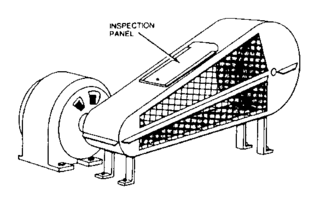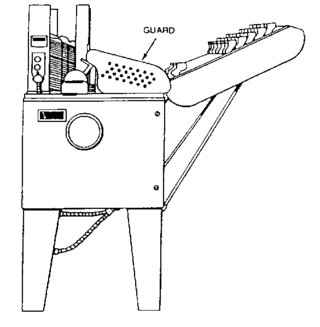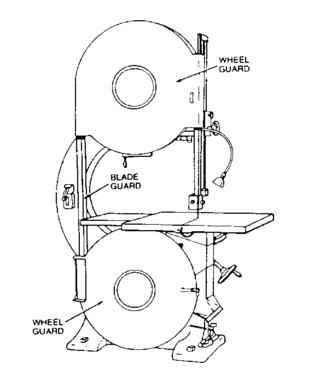Machine Guards and the Cost of Cutting Corners
Henry Reynolds, who works at MEMIC as a safety management consultant, recently told me a story that is a reminder about the importance of machine guarding. And why it’s smart to resist the temptation to cut corners.
“I recently had an accident at a company where an employee amputated two fingers and partially amputated two others on his right hand. When I asked the employees’ manager if the accident could have been prevented, the answer was not surprising. Had the operator done the machine set up properly, then yes, this accident could have been prevented. After discussing the proper machine set up procedure, I questioned why the machine wasn’t set up properly, with the machine guard. Again, receiving an unsurprising answer: 'It wasn't feasible.'
Digging deeper, I asked why setting up the machine, with the machine guard on, was not feasible and received the answer I knew was coming. With the machine guard off, set-up was 10 minutes. With it on, set-up was an hour. The next question was clearly asked too late: Was one hour and saving an employees’ fingers more cost-effective than a shorter set up?
Machine Guarding Standard 29 CFR 1910.211 through 243 specifies areas to be guarded on all types of equipment. It specifies that guards must be affixed to the machines where possible and secured elsewhere if for any reason attachment to the machine is not possible. The guard shall be such that it does not offer an accident hazard in itself.
Here are a few questions to ask when reviewing your machine guards.
- Are all rotating shafts guarded?
- Are employees protected from flying chips from machining?
- Are fingers and arms away from pinch and nip points?
- Are the guards adequate for the machines?
- Have your employees been educated on machine guarding and it's importance?
- Have you done a hazard analysis on each piece of equipment to determine the hazard and what the controls would be?
- After guards are in place, are you inspecting them on a regular basis?
- When a deficiency is found is it corrected immediately?
When all is said and done, we should not hear that machine guarding is not feasible. Where there is a will, there is a way. In tough economic times, you might be tempted to save a few dollars, but cutting corners isn’t going to save money in the long run. It might also be hard to challenge your employees, or your managers, to change their way of thinking about machine guarding.
The old “Seven Steps of Stagnation” are worth reviewing when educating your employees and/or managers on the many reasons for proper machine guarding. The Seven Steps of Stagnation are:
1. We've never done it that way.
2. We're not ready for that.
3. We're doing alright without it.
4. We tried that once before.
5. It costs too much.
6. That's not our responsibility.
7. It just won't work.
If you need further assistance with machine guarding issues and inspections on equipment to verify proper guarding you may contact your safety management consultant. You can also check out these resources on machine guarding:
OSHA Concepts and Techniques of Machine Safeguarding
OSHA "e-Tool" Machine Guarding
A great resource for aiding in machine guarding solutions is Rockford Systems, Inc. I recommend them to many of my clients in need of machine guard solutions. Another great resource for machine guard solutions is contacting the manufacturer directly. More times than not the manufacturer will offer machine guards or be able to put you in touch with the company that makes the specific guards for your machine. Feel free to let us know of your favorite machine guarding resources.”



